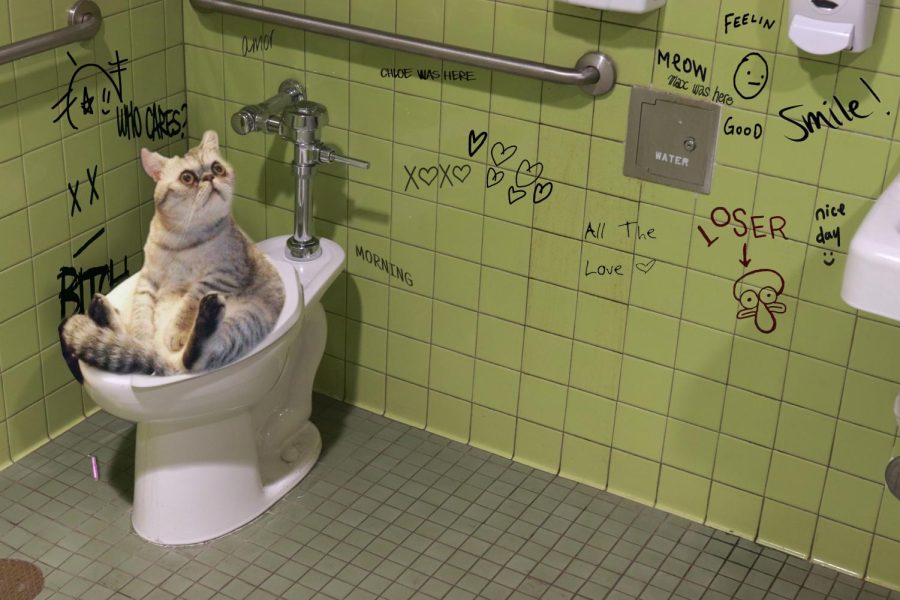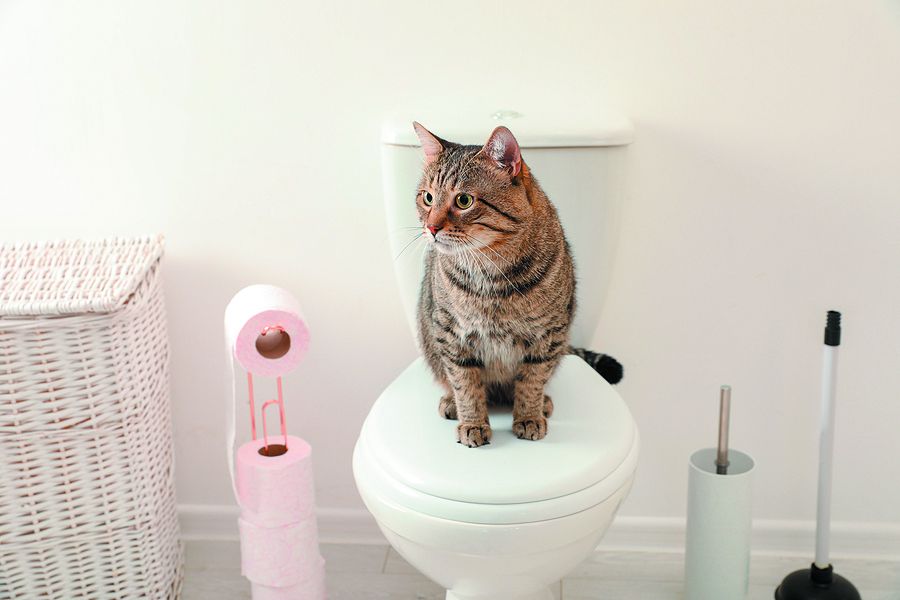Why You Ought to Avoid Flushing Animal Waste Down the Toilet
Why You Ought to Avoid Flushing Animal Waste Down the Toilet
Blog Article
The content which follows involving 4 Reasons Why Dog Poop Cleanup is Important is unquestionably interesting. You should keep reading.

When it concerns dealing with waste, specifically animal waste, many individuals usually resort to the hassle-free choice of flushing it down the bathroom. However, this relatively very easy solution can have serious repercussions for the environment and public health. In this post, we'll check out why flushing animal waste down the toilet is a poor concept and supply different techniques for correct disposal.
Intro
Proper waste disposal is critical for preserving environmental sustainability and public health. While it may appear harmless to purge animal waste down the toilet, it can lead to numerous concerns, both for the setting and human wellness.
Risks of flushing animal waste
Environmental effect
Flushing pet waste introduces harmful germs and pathogens into waterways, which can adversely affect aquatic ecosystems. These microorganisms can contaminate water resources and harm marine life, interfering with fragile environments.
Public health concerns
Pet waste has harmful bacteria such as E. coli and Salmonella, which can position significant wellness risks to human beings. Purging pet waste down the bathroom can contaminate water products, bring about the spread of illness and infections.
Alternatives to flushing
As opposed to purging pet waste down the bathroom, there are several alternate disposal methods that are a lot more environmentally friendly and hygienic.
Composting
Composting pet waste is an environmentally friendly way to take care of it. By composting, raw material is broken down into nutrient-rich soil, which can be used to feed yards and plants.
Landfill disposal
Throwing away pet waste in a garbage dump is another choice. While not as eco-friendly as composting, it is a more secure alternative to flushing, as it protects against the contamination of water sources.
Pet garbage disposal systems
There are customized family pet waste disposal systems readily available that securely and hygienically throw away pet waste. These systems typically use enzymes to break down waste and get rid of odors.
Actions to appropriate pet garbage disposal
To guarantee appropriate disposal of pet waste, comply with these steps:
Scooping and landing waste
On a regular basis scoop and bag pet waste using biodegradable bags. This avoids waste from polluting the environment.
Utilizing assigned waste containers
Dispose of bagged pet waste in marked waste bins, such as garden compost bins or land fill containers. Stay clear of flushing it down the commode whatsoever expenses.
Cleansing can and family pet areas consistently
Consistently tidy litter boxes and pet areas to prevent the accumulation of waste and microorganisms. Usage pet-safe cleaning products to preserve hygiene.
Benefits of appropriate disposal methods
Taking on proper disposal approaches for animal waste provides several advantages:
Minimized environmental pollution
Proper disposal approaches decrease the threat of environmental pollution, safeguarding rivers and ecosystems from contamination
Lessened danger of water contamination.
By avoiding flushing pet waste down the bathroom, the risk of water contamination is significantly lowered, securing public health.
Boosted cleanliness and hygiene
Correct disposal approaches promote better cleanliness and hygiene, creating a more secure atmosphere for both humans and pets.
Final thought
In conclusion, flushing pet waste down the commode is dangerous to the setting and public health. By embracing alternate disposal approaches and adhering to proper waste management techniques, we can decrease the unfavorable impact of pet waste and contribute to a cleaner, much healthier planet.
What To Do With Dog Poo – The Do's And Don'ts Of Disposing Of Faeces
Dog poo bins
Some councils provide dedicated dog waste bins in popular dog-walking areas that can take dog poo that has been bagged but you can legally dispose of dog waste in any public litter bin, as long as it is securely bagged. This also applies to your wheelie bin at home.
Do not flush
Water companies do not recommend flushing dog faeces down the toilet because certain parasites can survive the water processing treatment and are potentially harmful to humans. You should also never consider flushing dog poo that has been bagged down the toilet as the bags will not break down and instead create severe blockages in the sewage system.
In the woods
The Forestry Commission promotes a ‘stick and flick’ method for dealing with waste in the woods. This means finding a stick and using it to flick any poo from off the path so that it is out of the way of other walkers. You could also bury it as long as it is not in an area where there might be livestock.
Livestock
Parasites found in dog poo can be transmitted to livestock if they inadvertently eat infected faeces that has been left on grazing land. This could result in the death of sheep or abortion in cattle so you should always make sure you pick up your dog’s waste in fields where livestock could be present.

As a person who reads about Why you should never flush dog poop down the toilet, I thought sharing that chunk was smart. Sharing is nice. Helping people is fun. I thank you for your readership.
Call Report this page